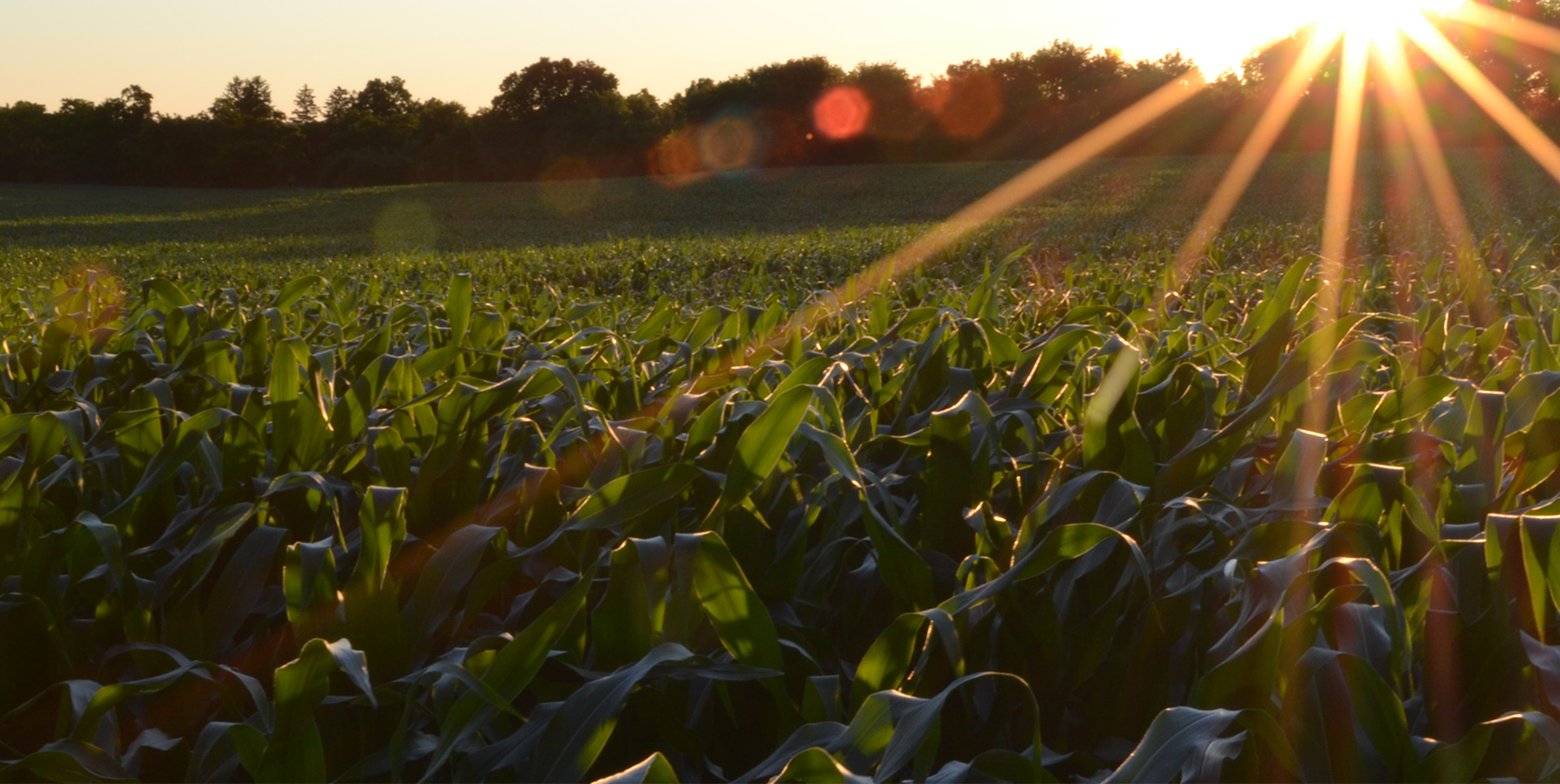Cover Crops
Cover Crops are incorporated into farming systems and planted in between growing seasons with the primary purpose of preventing soil erosion and improving nutrient content, and promoting soil quality in general, rather than being planted as a regular food or cash crop. Cover crops can also be utilised for food stuff, fodder or cash crops; but these outcomes are usually secondary to the main aim of improving/retaining soil quality. An additional benefit from growing cover crops is reduction in weed growth, and pests and diseases; increases in water availability in the soil; and increased soil biodiversity. Additional benefits are recognised from cover crops in areas with steep slopes, as the retained plant cover contributes to reducing erosion. Cover crops can be combined with other practices including intercropping practices and erosion control measures to further enhance soil quality and structure. Incorporating cover crops into farming systems increases farmers resilience to climate impacts through improving soils, reducing fossil fuel consumption, and increasing soil carbon sequestering. Extension guidance can be beneficial when selecting relevant cover crops to achieve the above outcomes.
To effectively implement cover crops:
- Step 1: Research whether locally available crops (especially legumes) provide potential options for cover crops.
- Step 2: Establish a demonstration plot could provide farmers with an example of how cover crops function.
- Step 3: Plant cover crops between primary crop growing systems to improve soil fertility, quality and nutrients.
- Step 4: Monitor soil structure, nutrient levels, and field integrity to ensure efficacy.
- Step 5: Incorporate cover crops with other climate smart practices enhance soil, including: Intercropping (Technical Brief 07), Crop Rotations (Technical Brief 09) Reduced/No-tillage Options (Technical Brief 12) etc
- CTA, 2000. Website covers crops. Spore 89. CTA Wageningen. The Netherlands.
- WOCAT, 2017. Cover Crops. Kenya.
Benefits
- Cover crops protect soils from erosion and prevent soil nutrient loss.
- Preventing weed growth, control pests and disease, increase water availability in the soil and increase soil biodiversity.
- Cover crops may be non-traditional food crops, fodder and/or cash crops.
- Low cost option for protecting soils and improving soil fertility.
Drawbacks
- May take time to determine suitable to improve soils.
- May increase labour demands as new or unfamiliar crops are incorporated into farming systems.

 English
English Français
Français Português
Português Kiswahili
Kiswahili



